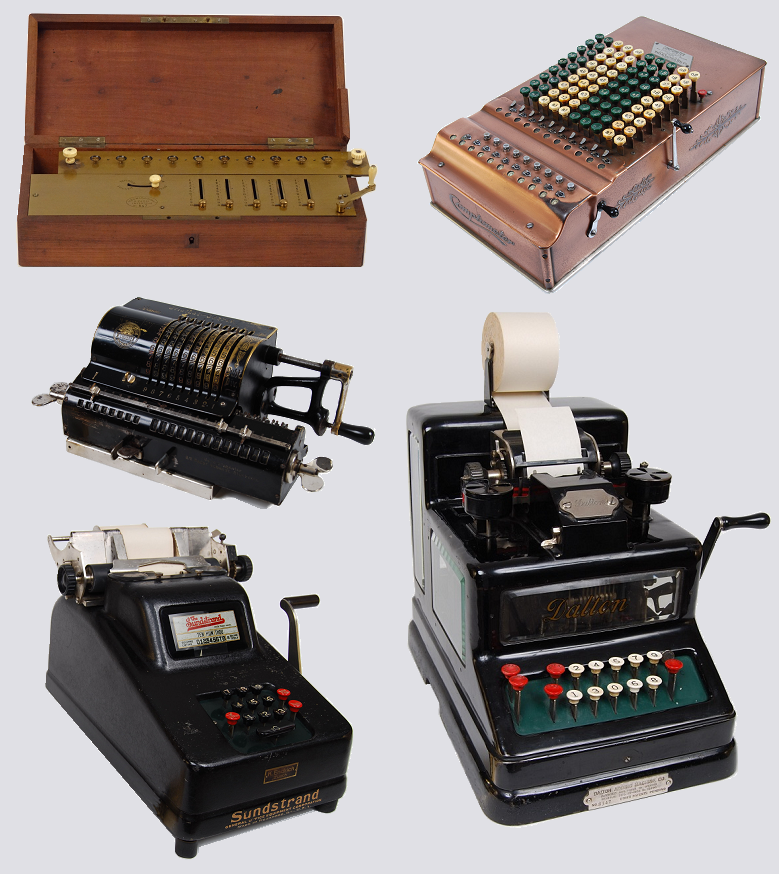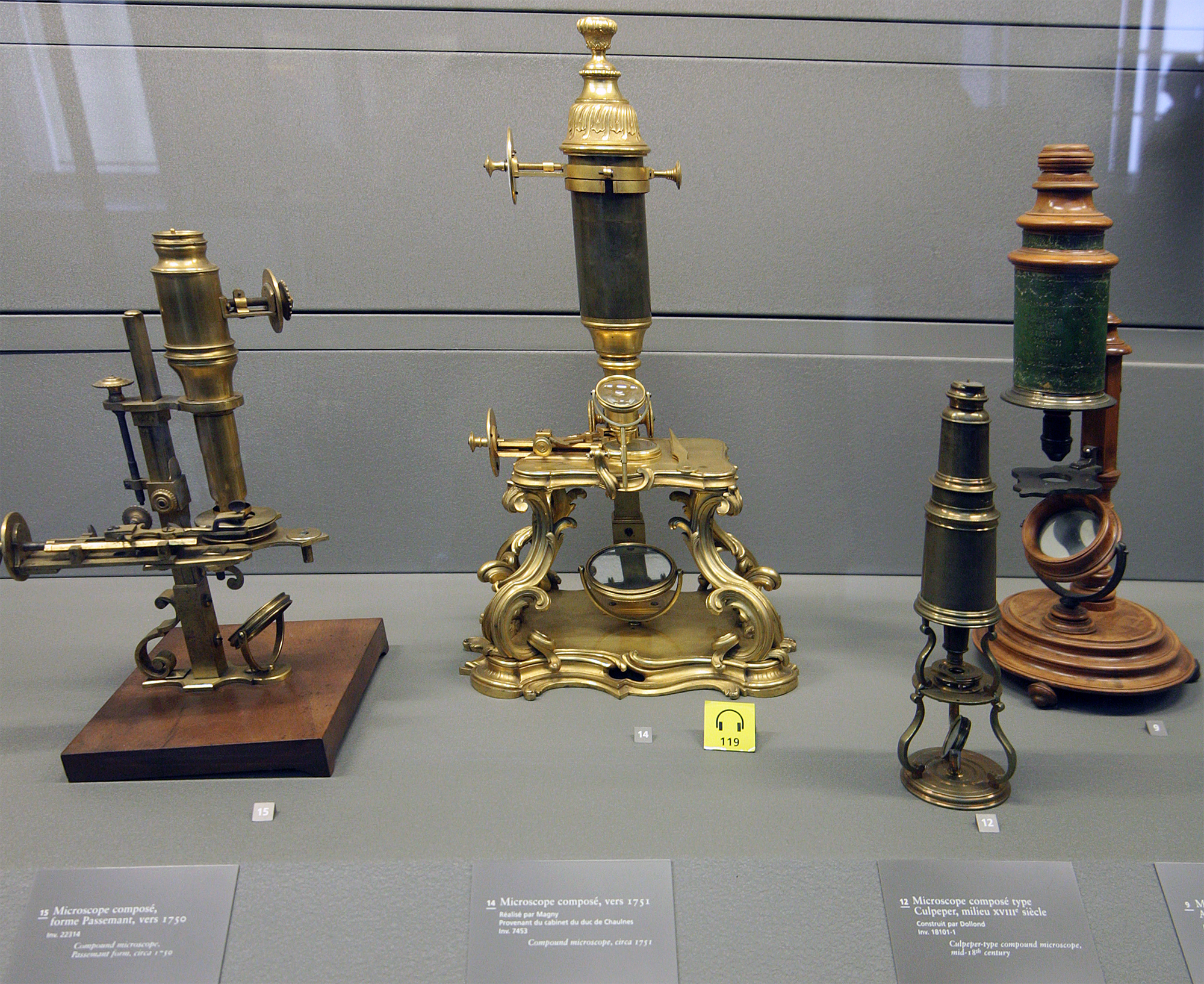|
17th-century Inventions
The 17th century lasted from January 1, 1601 (represented by the Roman numerals MDCI), to December 31, 1700 (MDCC). It falls into the early modern period of Europe and in that continent (whose impact on the world was increasing) was characterized by the Baroque cultural movement, the latter part of the Spanish Golden Age, the Dutch Golden Age, the French '' Grand Siècle'' dominated by Louis XIV, the Scientific Revolution, the world's first public company and megacorporation known as the Dutch East India Company, and according to some historians, the General Crisis. From the mid-17th century, European politics were increasingly dominated by the Kingdom of France of Louis XIV, where royal power was solidified domestically in the civil war of the Fronde. The semi-feudal territorial French nobility was weakened and subjugated to the power of an absolute monarchy through the reinvention of the Palace of Versailles from a hunting lodge to a gilded prison, in which a greatly expa ... [...More Info...] [...Related Items...] OR: [Wikipedia] [Google] [Baidu] |
1601
This Epoch (reference date)#Computing, epoch is the beginning of the 400-year Gregorian leap-year cycle within which digital files first existed; the last year of any such cycle is the only leap year whose year number is divisible by 100. January 1 of this year (1601-01-01) is used as the base of file dates and of Active Directory Logon dates by Microsoft Windows. It is also the date from which ANSI dates are counted and were adopted by the American National Standards Institute for use with COBOL and other computer languages. All versions of the Microsoft Windows operating system from Windows 95 onward count units of one hundred nanoseconds from this epoch as a counter having 63 bits until 30828/9/14 02:48:05.4775807. April 1 of this year is the earliest possible calendar date in Microsoft Outlook. Events January–March * January 11 – Valladolid is briefly the capital of Habsburg Spain under Philip III of Spain, Philip III, before returning indefinitely to Madrid in 1 ... [...More Info...] [...Related Items...] OR: [Wikipedia] [Google] [Baidu] |
Calculating Machines
A mechanical calculator, or calculating machine, is a mechanical device used to perform the basic operations of arithmetic automatically, or a simulation like an analog computer or a slide rule. Most mechanical calculators were comparable in size to small desktop computers and have been rendered obsolete by the advent of the electronic calculator and the digital computer. Surviving notes from Wilhelm Schickard in 1623 reveal that he designed and had built the earliest known apparatus fulfilling the widely accepted definition of a mechanical calculator (a counting machine with an automated tens-carry). His machine was composed of two sets of technologies: first an abacus made of Napier's bones, to simplify multiplications and divisions first described six years earlier in 1617, and for the mechanical part, it had a dialed Pedometer#History, pedometer to perform additions and subtractions. A study of the surviving notes shows a machine that could have jammed after a few entries on ... [...More Info...] [...Related Items...] OR: [Wikipedia] [Google] [Baidu] |
Air Pressure
Atmospheric pressure, also known as air pressure or barometric pressure (after the barometer), is the pressure within the atmosphere of Earth. The Standard atmosphere (unit), standard atmosphere (symbol: atm) is a unit of pressure defined as , which is equivalent to 1,013.25 Bar (unit), millibars, 760millimetre of mercury, mm Hg, 29.9212inch of mercury, inchesHg, or 14.696pounds per square inch, psi.International Civil Aviation Organization. ''Manual of the International Standard Atmosphere, ICAO Standard Atmosphere'', Doc 7488-CD, Third Edition, 1993. . The atm unit is roughly equivalent to the mean sea-level atmospheric pressure on Earth; that is, the Earth's atmospheric pressure at sea level is approximately 1 atm. In most circumstances, atmospheric pressure is closely approximated by the fluid pressure, hydrostatic pressure caused by the weight of Earth's atmosphere, air above the measurement point. As elevation increases, there is less overlying atmospheric mass, so atmospher ... [...More Info...] [...Related Items...] OR: [Wikipedia] [Google] [Baidu] |
Newton's Laws Of Motion
Newton's laws of motion are three physical laws that describe the relationship between the motion of an object and the forces acting on it. These laws, which provide the basis for Newtonian mechanics, can be paraphrased as follows: # A body remains at rest, or in motion at a constant speed in a straight line, unless it is acted upon by a force. # At any instant of time, the net force on a body is equal to the body's acceleration multiplied by its mass or, equivalently, the rate at which the body's momentum is changing with time. # If two bodies exert forces on each other, these forces have the same magnitude but opposite directions. The three laws of motion were first stated by Isaac Newton in his ''Philosophiæ Naturalis Principia Mathematica'' (''Mathematical Principles of Natural Philosophy''), originally published in 1687. Newton used them to investigate and explain the motion of many physical objects and systems. In the time since Newton, new insights, especially around t ... [...More Info...] [...Related Items...] OR: [Wikipedia] [Google] [Baidu] |
Universal Gravitation
Newton's law of universal gravitation describes gravity as a force by stating that every particle attracts every other particle in the universe with a force that is Proportionality (mathematics)#Direct proportionality, proportional to the product of their masses and Proportionality (mathematics)#Inverse proportionality, inversely proportional to the square of the distance between their centers of mass. Separated objects attract and are attracted Shell theorem, as if all their mass were concentrated at their centers. The publication of the law has become known as the "Unification (physics)#Unification of gravity and astronomy, first great unification", as it marked the unification of the previously described phenomena of gravity on Earth with known astronomical behaviors. This is a general physical law derived from empirical observations by what Isaac Newton called ''inductive reasoning''. It is a part of classical mechanics and was formulated in Newton's work ''Philosophiæ Natura ... [...More Info...] [...Related Items...] OR: [Wikipedia] [Google] [Baidu] |
Calculus
Calculus is the mathematics, mathematical study of continuous change, in the same way that geometry is the study of shape, and algebra is the study of generalizations of arithmetic operations. Originally called infinitesimal calculus or "the calculus of infinitesimals", it has two major branches, differential calculus and integral calculus. The former concerns instantaneous Rate of change (mathematics), rates of change, and the slopes of curves, while the latter concerns accumulation of quantities, and areas under or between curves. These two branches are related to each other by the fundamental theorem of calculus. They make use of the fundamental notions of convergence (mathematics), convergence of infinite sequences and Series (mathematics), infinite series to a well-defined limit (mathematics), limit. It is the "mathematical backbone" for dealing with problems where variables change with time or another reference variable. Infinitesimal calculus was formulated separately ... [...More Info...] [...Related Items...] OR: [Wikipedia] [Google] [Baidu] |
Microscope
A microscope () is a laboratory equipment, laboratory instrument used to examine objects that are too small to be seen by the naked eye. Microscopy is the science of investigating small objects and structures using a microscope. Microscopic means being invisible to the eye unless aided by a microscope. There are many types of microscopes, and they may be grouped in different ways. One way is to describe the method an instrument uses to interact with a sample and produce images, either by sending a beam of light or electrons through a sample in its optical path, by detecting fluorescence, photon emissions from a sample, or by scanning across and a short distance from the surface of a sample using a probe. The most common microscope (and the first to be invented) is the optical microscope, which uses lenses to refract visible light that passed through a microtome, thinly sectioned sample to produce an observable image. Other major types of microscopes are the fluorescence micro ... [...More Info...] [...Related Items...] OR: [Wikipedia] [Google] [Baidu] |
Telescope
A telescope is a device used to observe distant objects by their emission, Absorption (electromagnetic radiation), absorption, or Reflection (physics), reflection of electromagnetic radiation. Originally, it was an optical instrument using lenses, curved mirrors, or a combination of both to observe distant objects – an optical telescope. Nowadays, the word "telescope" is defined as a wide range of instruments capable of detecting different regions of the electromagnetic spectrum, and in some cases other types of detectors. The first known practical telescopes were refracting telescopes with glass lenses and were invented in the Netherlands at the beginning of the 17th century. They were used for both terrestrial applications and astronomy. The reflecting telescope, which uses mirrors to collect and focus light, was invented within a few decades of the first refracting telescope. In the 20th century, many new types of telescopes were invented, including radio telescopes in t ... [...More Info...] [...Related Items...] OR: [Wikipedia] [Google] [Baidu] |
Electricity
Electricity is the set of physical phenomena associated with the presence and motion of matter possessing an electric charge. Electricity is related to magnetism, both being part of the phenomenon of electromagnetism, as described by Maxwell's equations. Common phenomena are related to electricity, including lightning, static electricity, electric heating, electric discharges and many others. The presence of either a positive or negative electric charge produces an electric field. The motion of electric charges is an electric current and produces a magnetic field. In most applications, Coulomb's law determines the force acting on an electric charge. Electric potential is the Work (physics), work done to move an electric charge from one point to another within an electric field, typically measured in volts. Electricity plays a central role in many modern technologies, serving in electric power where electric current is used to energise equipment, and in electronics dealing w ... [...More Info...] [...Related Items...] OR: [Wikipedia] [Google] [Baidu] |
Logarithm
In mathematics, the logarithm of a number is the exponent by which another fixed value, the base, must be raised to produce that number. For example, the logarithm of to base is , because is to the rd power: . More generally, if , then is the logarithm of to base , written , so . As a single-variable function, the logarithm to base is the inverse of exponentiation with base . The logarithm base is called the ''decimal'' or ''common'' logarithm and is commonly used in science and engineering. The ''natural'' logarithm has the number as its base; its use is widespread in mathematics and physics because of its very simple derivative. The ''binary'' logarithm uses base and is widely used in computer science, information theory, music theory, and photography. When the base is unambiguous from the context or irrelevant it is often omitted, and the logarithm is written . Logarithms were introduced by John Napier in 1614 as a means of simplifying calculation ... [...More Info...] [...Related Items...] OR: [Wikipedia] [Google] [Baidu] |
Hendrick Avercamp - A Scene On The Ice - WGA01076
Hendrick may refer to: People * Hendrick (given name), alternative spelling of the Dutch given name Hendrik * Hendrick (surname) * King Hendrick (other), one of two Mohawk leaders who have often been conflated: ** Hendrick Tejonihokarawa (1660–c.1735), one of the "Four Mohawk Kings" ** Hendrick Theyanoguin (1692–1755), Mohawk leader associated with Sir William Johnson Other uses * Hendrick Cottage, a building in Simsbury, Connecticut, United States * Hendrick's Gin, Scottish gin brand * Hendrick Health System, American healthcare provider * Hendrick Island, large erosional feature in Bucks County, Pennsylvania, United States * Hendrick Manufacturing Company, American perforated metal manufacturer * Hendrick Motorsports, American stock car racing team See also * Hendricks (other) * Hendrich (other) * Hendrik (other) * Henrick {{disambig ... [...More Info...] [...Related Items...] OR: [Wikipedia] [Google] [Baidu] |








